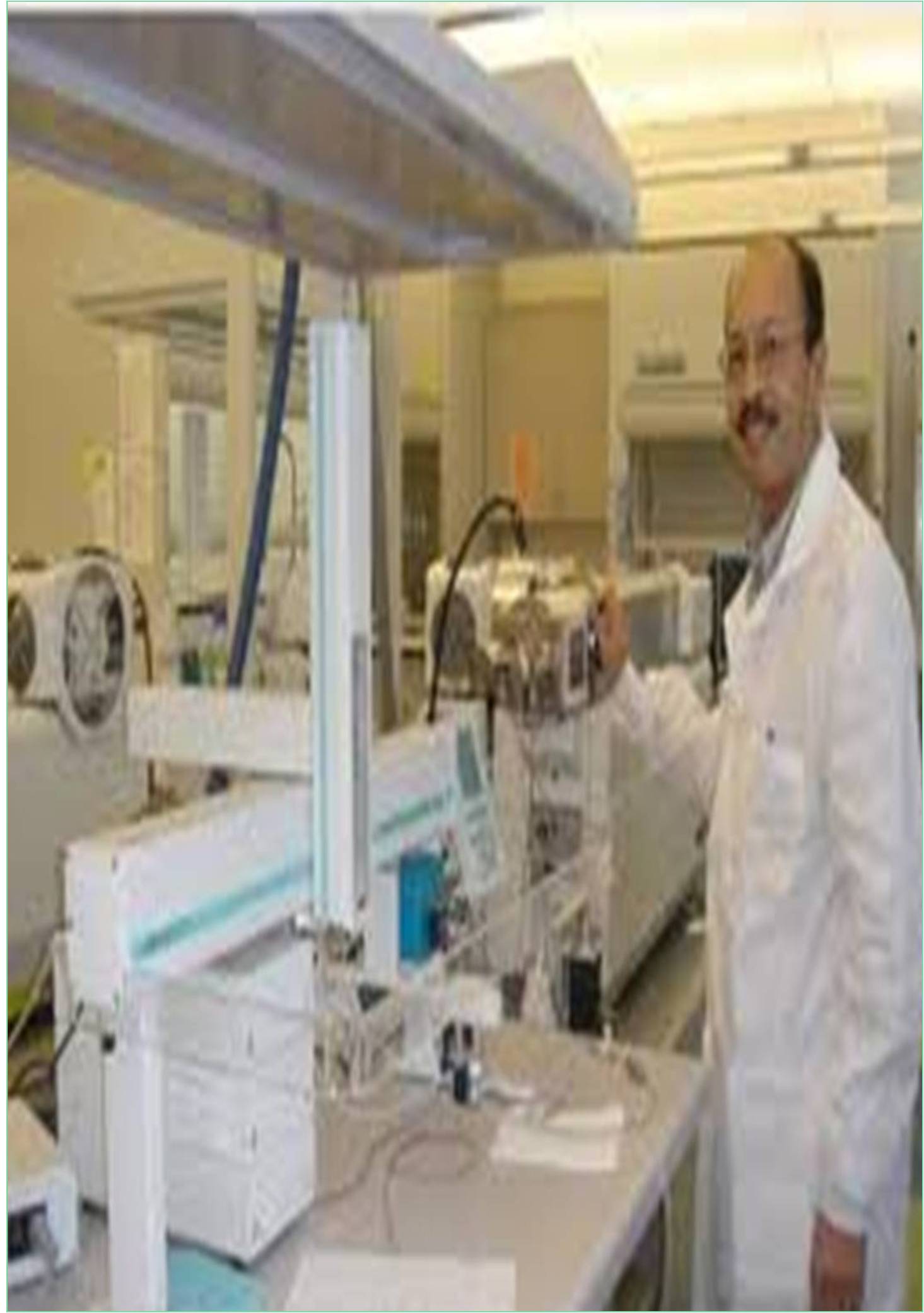



Received: 01-Aug-2022, Manuscript No. IJCB-22-74165; Editor assigned: 05-Aug-2022, Pre QC No. IJCB-22-74165 (PQ); Reviewed: 22-Aug-2022, QC No. IJCB-22-74165; Revised: 29-Aug-2022, Manuscript No. IJCB-22-74165 (R); Published: 05-Sep-2022, DOI: 10.15651/IJCB.22.7.026
The sorting of lipids and proteins in cell trafficking pathways is a technique of vital significance in preserving compartmentalization in eukaryotic cells. However, the mechanisms in the back of those sorting phenomena are presently a ways from being understood. Among numerous mechanistic suggestions, membrane curvature has been invoked as a way to segregate lipids and proteins in cell sorting centers. Experimental findings imply that intracellular lipid sorting, opposite to common assumptions, is not likely to arise with the aid of using lipids becoming into membrane areas of suitable curvature. This statement is defined withinside the framework of statistical mechanical lattice fashions that display that entropy, in preference to curvature energy, dominates lipid distribution withinside the absence of strongly preferential lateral intermolecular interactions. Combined with preceding findings of curvature triggered segment segregation, it has finished the lipid co-operatively is needed to allow green sorting. In assessment to lipid analog dyes, the peripheral membrane binding protein cholera toxin subunit is correctly curvature-sorted. The sorting of cholera toxin subunit is rationalized with the aid of using statistical fashions.
The sorting of lipids and proteins in trafficking pathways is central to cell organelle homeostasis. Most membrane-permeable molecules no longer require distinct signals to recycle to the cellular surface. The highly specific protein and lipid composition of many cell membranes, on the other hand, necessitates sorting in cell trafficking centers such as the trans-golgi network, the plasma membrane, endosomes, and the endocytic recycling compartment. It is still unclear how additives that lack proteinaceous popularity sequences are sorted.
Microscopy imaging of fluorescent lipids or lipid-like fluorophores can provide direct evidence for non-homogeneous intracellular lipid distributions and cell lipid sorting. The unconventional lipid lysobisphosphatidic acid has been found to be enriched in endosomes with a fairly curved multivesicular morphology using chance methods. This organelle's membrane geometry is thought to be regulated by the lipid lysobisphosphatidic acid. The coupling of membrane curvature to cell lipid translocation has been proposed as an explanation for changes in lipid distributions associated with fusion pore formation.
These are essential components of both secretory and endocytic pathways. Tubular membranes, in addition to sorting endosomes, are morphological features of the trans-golgi network. Furthermore, the endocytic recycling compartment is essentially a collection of tubular membranes with diameters of 60 nm that are similar to microtubules. The endoplasmic reticulum also suggests interconnected tubular membrane areas. Cellular membrane tubes have received a lot of attention recently, thanks to the invention of tubular intercellular connections. Furthermore, intracellular membrane tubes have advanced due to the identification of biophysical mechanisms and proteins involved in the formation of those membranes.
Lipid membrane tubes have been first investigated with the aid of using biophysicists in 1973. Since then, the quantitative knowledge of tube mechanics, in particular, has been superior each with the aid of using experimental and theoretical analyses, and additionally simulations. Most of that study have targeted on single-aspect membranes. Recently, however, membrane tubes consisting of lipid combinations with the propensity for fluid segment separation have been approached experimentally and theoretically, and mechanical results of protein interactions in membrane tubes are starting to be addressed. Essentially two (non-mutually exclusive) hypotheses have been recommending providing an explanation for the underlying sorting mechanisms. One of them assumed that lipids laterally partition among membrane domain names that change in segment state.